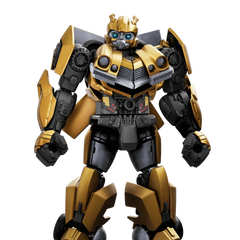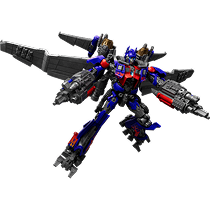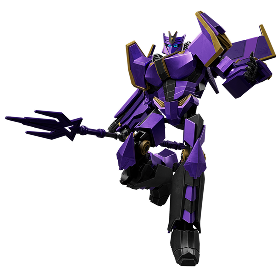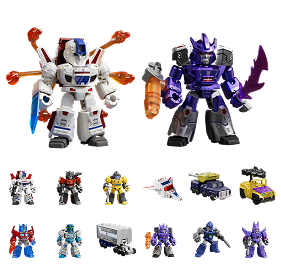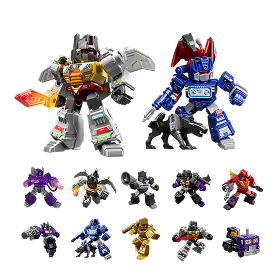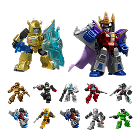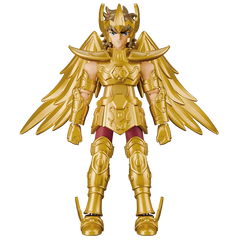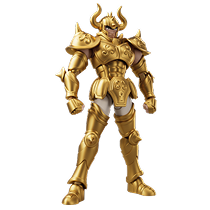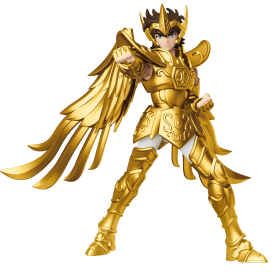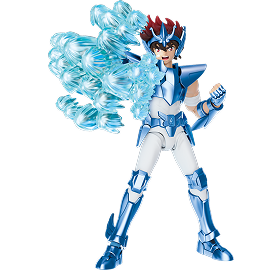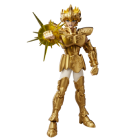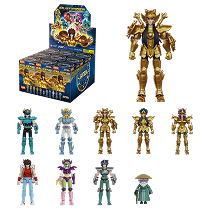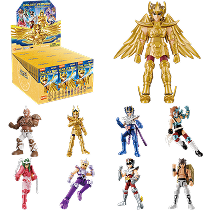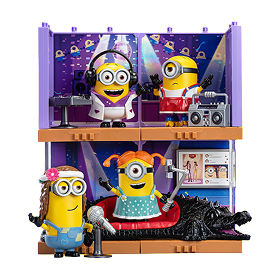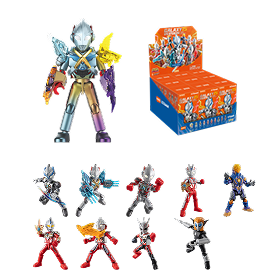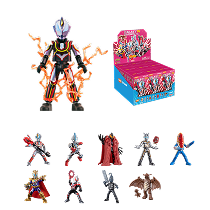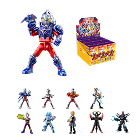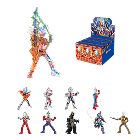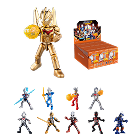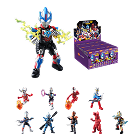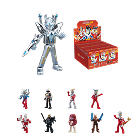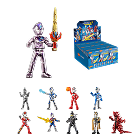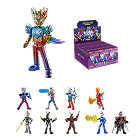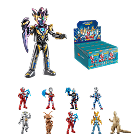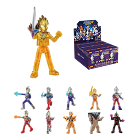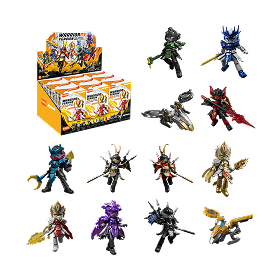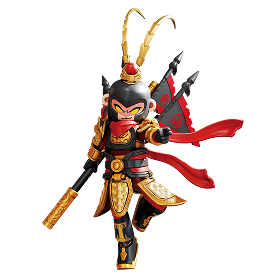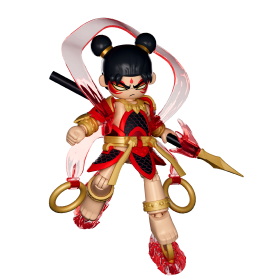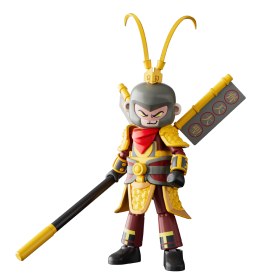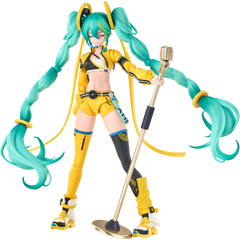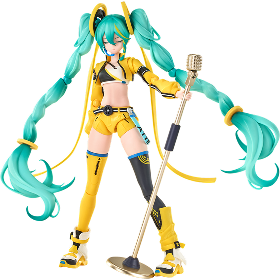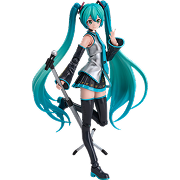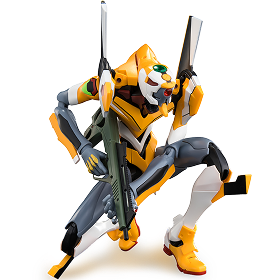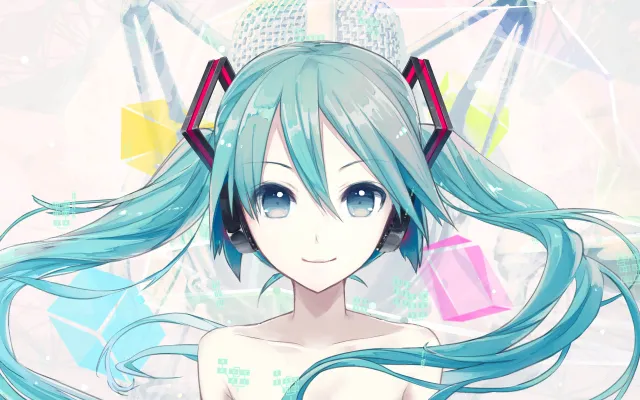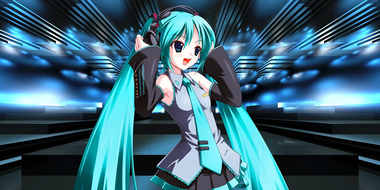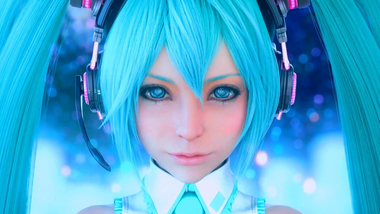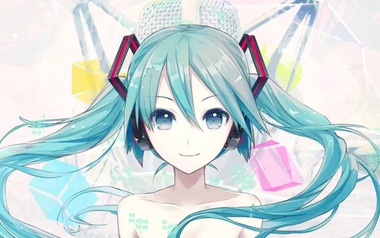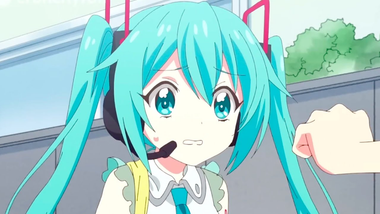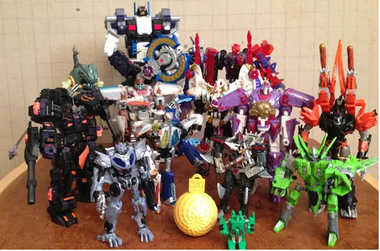Hatsune Miku is one of the most recognizable virtual idols in the world. But many people ask: who is Hatsune Miku? Is she from an anime? Who provides her voice? And why has she become such a cultural phenomenon? This guide will answer all those questions and explore her origins, impact, and presence in music, media, and pop culture.
What is Hatsune Miku?
Hatsune Miku is not a real person but a virtual singer and Vocaloid software voicebank developed by Crypton Future Media. She was released on August 31, 2007, as the first Vocaloid software from Crypton’s Character Vocal Series.
Her name literally means "the first sound of the future," and she was designed as a 16-year-old girl with long turquoise twin tails, a futuristic outfit, and an energetic persona. Miku has since become a global symbol of digital creativity and virtual performances.
Who is Behind Hatsune Miku?
Hatsune Miku’s voice is provided by Saki Fujita, a Japanese voice actress. Using samples of her voice, Crypton engineered Miku’s voicebank to allow users to compose songs in a realistic singing style.
Technically, Miku is software that allows anyone to create songs using her voice. In other words, she is a digital singer powered by a human voice. Over the years, she has sung thousands of songs in various genres, from pop to electronic to rock.
Hatsune Miku in Anime
A common question is: “What anime is Miku from?” The answer is nuanced.
- Hatsune Miku herself is not originally from an anime. She is a Vocaloid software character.
- However, she has appeared in numerous anime cameos and collaborations, often as a promotional or side character. Examples include:
- Dropkick on My Devil!
- Black★Rock Shooter
- Zoku Sayonara Zetsubou Sensei
- Himouto! Umaru-Chan!
Additionally, there are other characters named Miku in anime, such as Miku Nakano from Quintessential Quintuplets or *Miku in Shinkansen Henkei Robo Shinkalion. These characters are distinct from Hatsune Miku but sometimes confuse fans searching online.
History and Development

Hatsune Miku was launched as part of the Vocaloid 2 software series. Vocaloid itself was created by Yamaha to synthesize singing from voice samples. Crypton’s innovation was to create a character persona alongside the voice, giving users both software and a virtual idol to connect with.
Miku quickly gained popularity because:
- She allowed amateur musicians to produce professional-quality songs.
- She had a distinct anime-style appearance that appealed to fans.
- She became part of collaborative online music culture, with creators sharing songs and music videos on platforms like Niconico and YouTube.
By 2010, Hatsune Miku was performing holographic concerts, a groundbreaking step in virtual performances. These shows featured 3D projections of Miku singing alongside live bands, drawing thousands of fans worldwide.
Songs and Music Legacy
Hatsune Miku has appeared in over 100,000 songs, created by a vast global community. Some of the most famous tracks include:
- “Ievan Polkka” – A viral remix showcasing her unique voice.
- “Tell Your World” – Featured in official marketing and collaborations.
- “World is Mine” – One of her most iconic original songs.
Her music spans genres from pop, rock, EDM, and ballads, making her versatile and appealing to diverse audiences.
Concerts and Live Performances

Miku’s holographic live performances have been revolutionary. She has performed:
- Tokyo Dome concerts in Japan.
- Tours across North America, Europe, and Asia.
- Collaborations with artists like Kenshi Yonezu, Yosobi, and even brands like Google and Domino’s Pizza.
Her concerts blur the line between virtual and real-world performance, making her a pioneer in digital entertainment.
Cultural Impact
Hatsune Miku has transcended software and anime culture to become a global icon. Her influence includes:
- Fan-generated music and art, fostering creative communities.
- Merchandising and figures, including collaborations with fashion brands and toy makers.
- Virtual concerts and live streams, paving the way for other digital idols.
- Appearances in video games, such as the Project Diva series and Project SEKAI.
Miku Merchandise and Collectibles
Fans can celebrate Miku through a variety of merchandise, including:
- Action figures and statues – high-quality collectibles for anime and Vocaloid fans.
- Plush toys and keychains – perfect for casual collectors.
- Artbooks and official apparel – celebrating her iconic design and performances.
For example, collectors can find exclusive Hatsune Miku figures at Transformers Toys, which often include crossover figures inspired by anime-style characters.
Fun Facts About Hatsune Miku

- Hatsune Miku has never appeared as a human—all performances are digital projections.
- Her name signifies “first sound from the future,” reflecting her role as a digital pioneer.
- She has collaborated with major music artists, bridging the gap between virtual and real music.
- Fans worldwide create fan songs, animations, and even live-action adaptations featuring Miku.
- Despite being virtual, she has performed at massive live concerts with tens of thousands of attendees.
Why is Hatsune Miku So Popular?
Her popularity stems from:
- Creative empowerment: Fans can produce songs and share content.
- Visual appeal: Her anime-style design resonates with Japanese and international audiences.
- Technological novelty: Holographic concerts made her a unique global phenomenon.
- Community culture: Her fanbase actively participates in creating music, art, and performances.
Conclusion
Hatsune Miku is more than just a character; she is a symbol of digital creativity, music, and virtual performance. While she is not originally from anime, she has influenced anime culture, music, and online communities worldwide. From her Vocaloid origins in 2007 to holographic concerts and global merchandise, Miku continues to shape the future of entertainment.
Frequently Asked Questions
Who is Hatsune Miku?
Hatsune Miku is a virtual singer and Vocaloid software voicebank developed by Crypton Future Media. She is a 16-year-old anime-style character who has become a global virtual idol.
Who is the voice of Hatsune Miku?
The voice behind Hatsune Miku is Saki Fujita, a Japanese voice actress. Her sampled voice allows the software to sing in a realistic, expressive way.
Who is behind Hatsune Miku?
Hatsune Miku was created by Crypton Future Media as part of the Character Vocal Series. While her voice comes from Saki Fujita, her digital persona and software were designed by Crypton.
Is Hatsune Miku from an anime?
No, Hatsune Miku is not originally from an anime. She is a virtual singer. However, she has made cameos in several anime, such as Dropkick on My Devil! and Black★Rock Shooter.
How old is Hatsune Miku?
Officially, Hatsune Miku is depicted as a 16-year-old girl, though she has existed as a virtual character since 2007.
Is Hatsune Miku a real person?
No, Hatsune Miku is entirely virtual. She exists as software and a 3D projection for concerts, but she is not a living human being.
How popular is Hatsune Miku?
Hatsune Miku has a massive global following, with hundreds of thousands of songs created using her voice, holographic concerts worldwide, and a wide array of merchandise.
Can you see Hatsune Miku in concerts?
Yes! Hatsune Miku performs in holographic concerts, where her 3D projection sings live on stage alongside real musicians.






